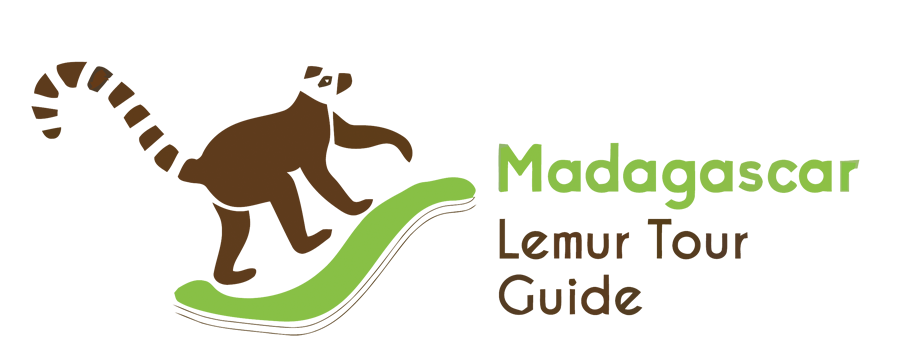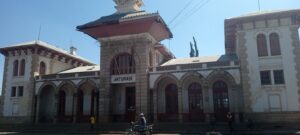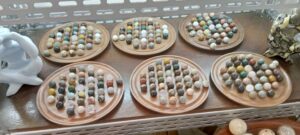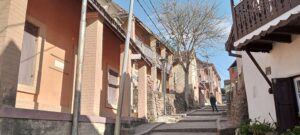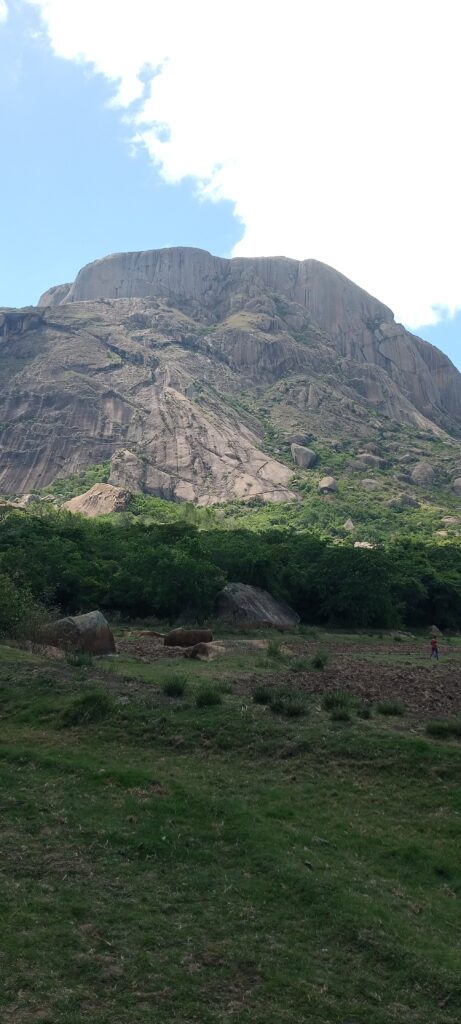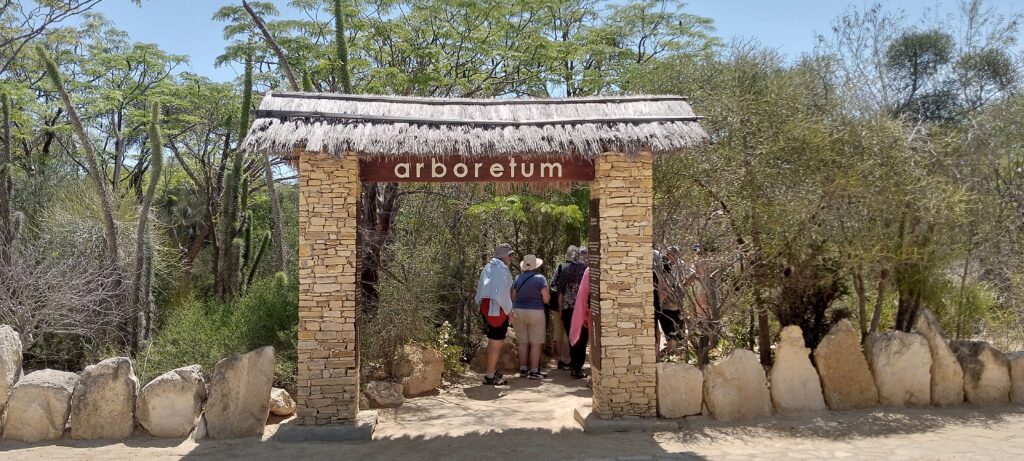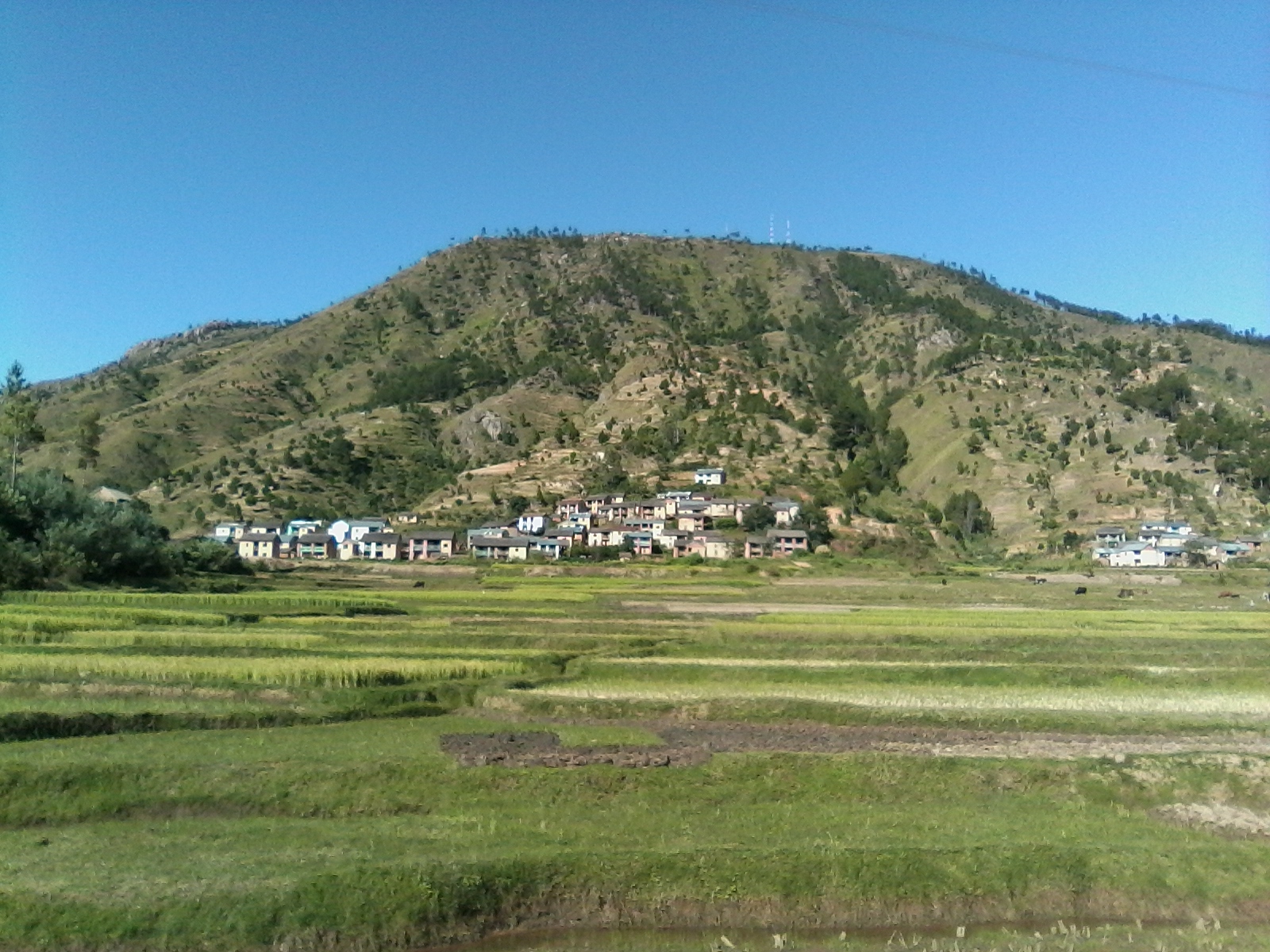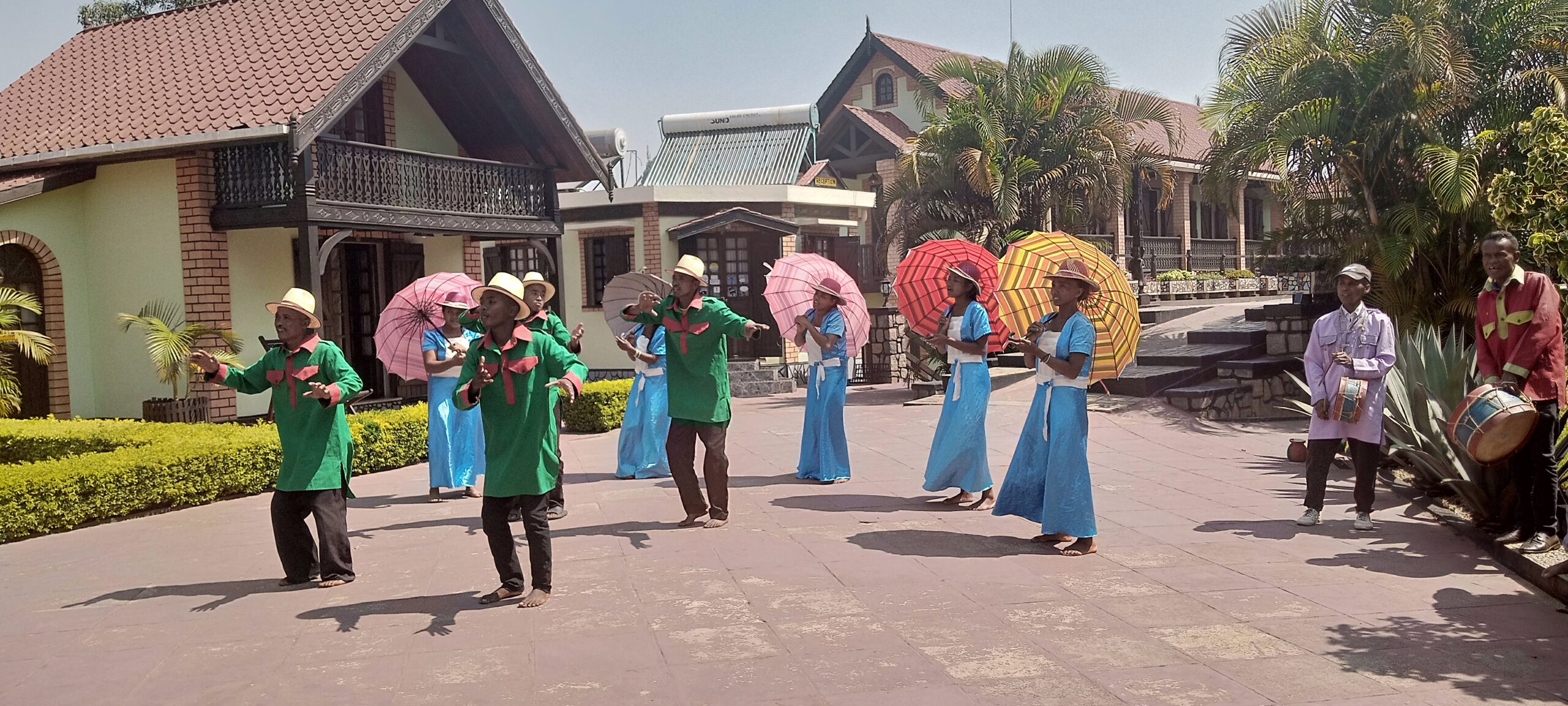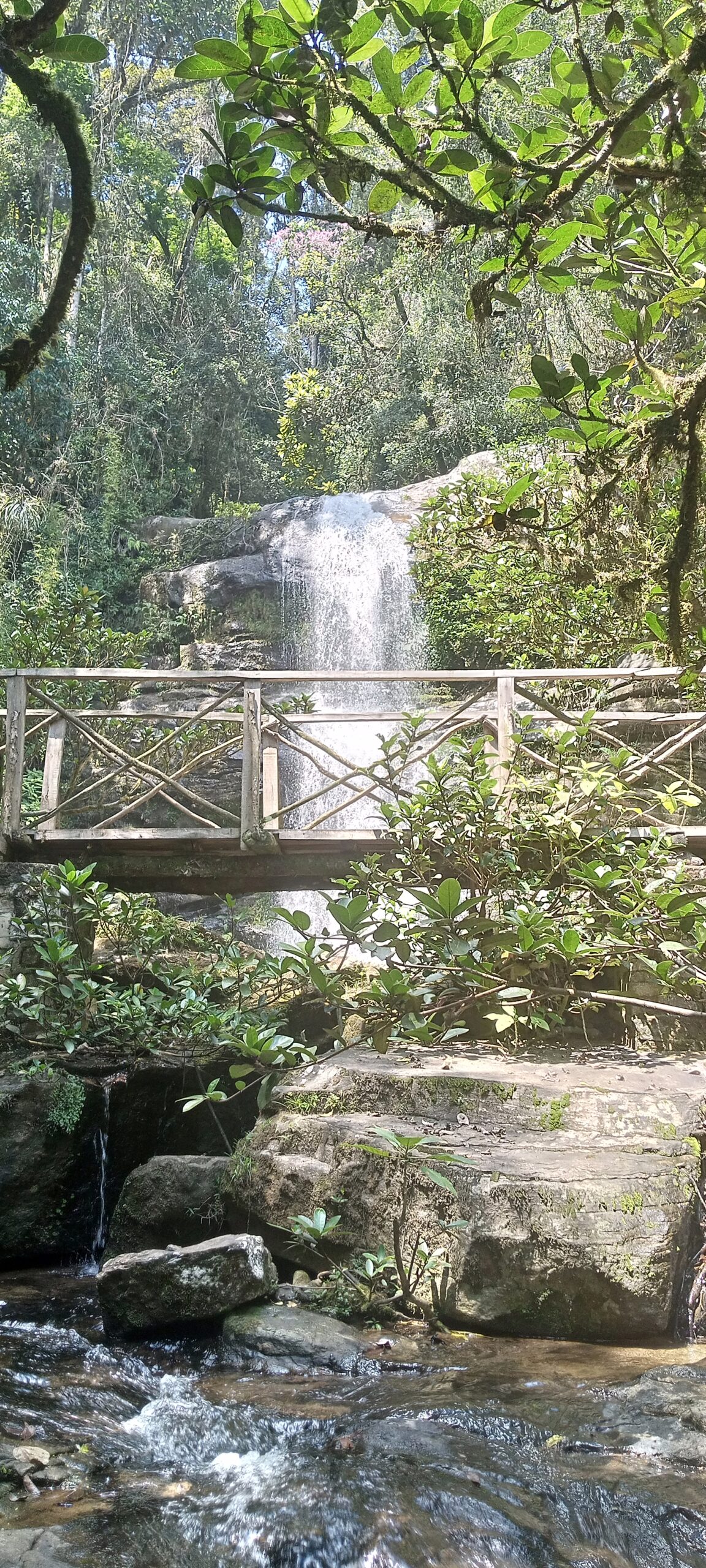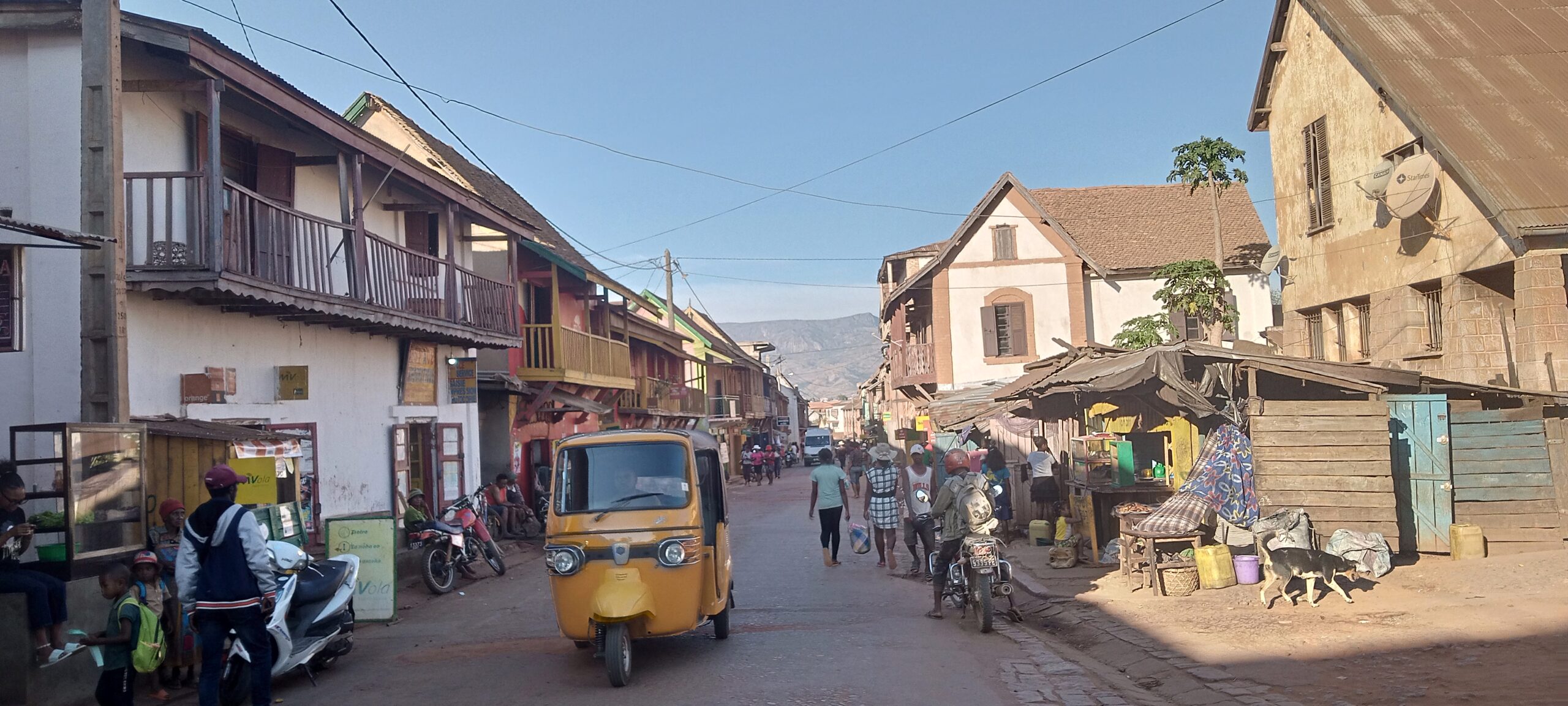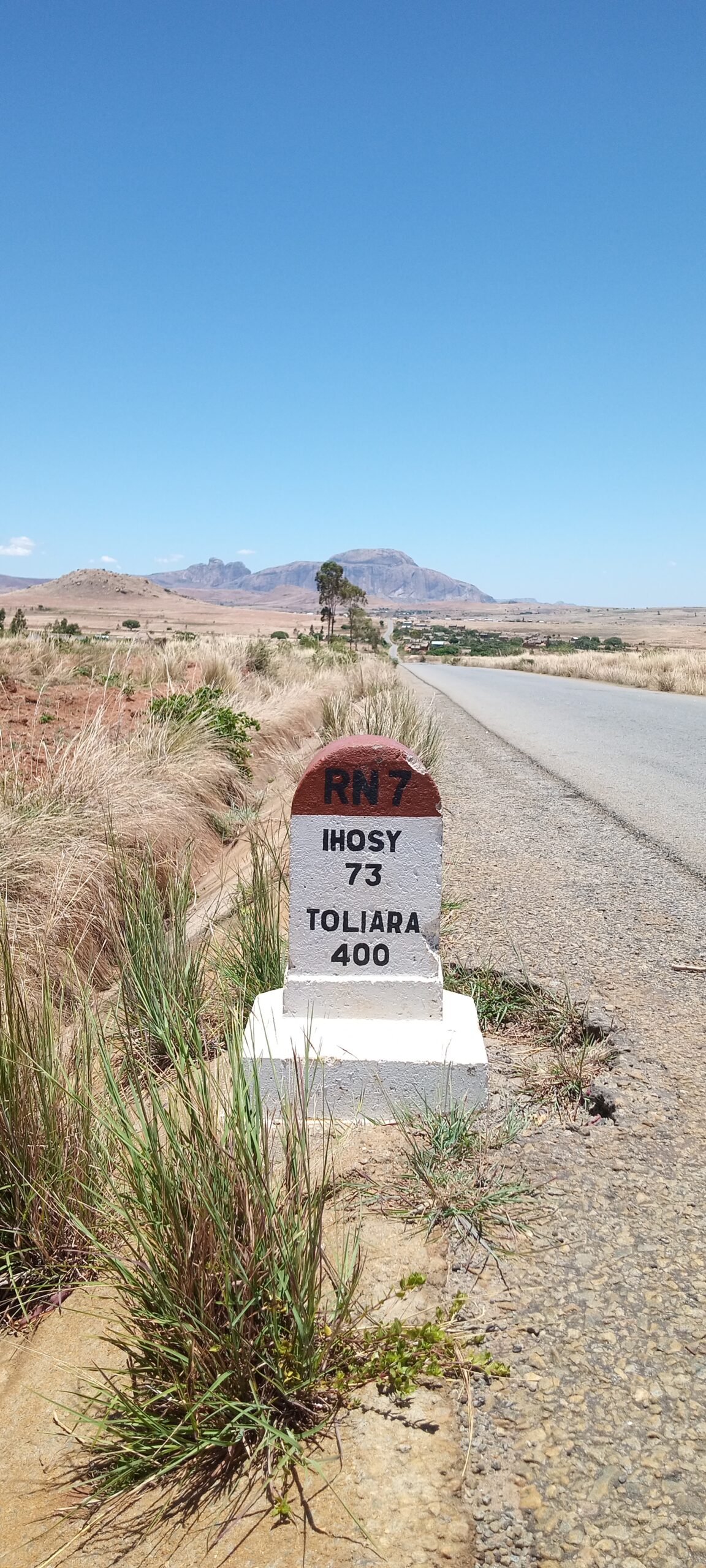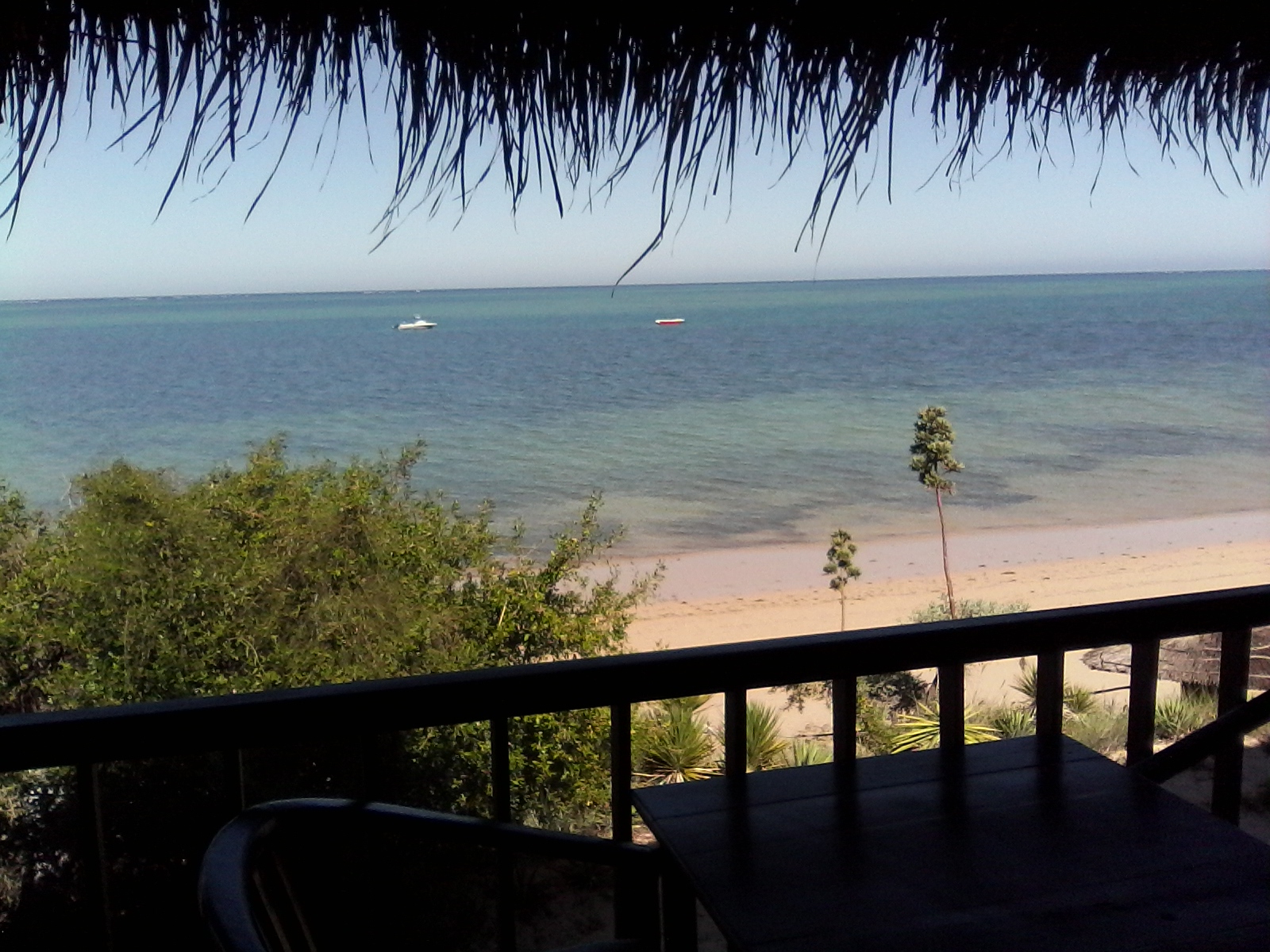The Pearl Destination
Pearls are probably the most beloved gems of all time with their seductive strands, warm to the touch. The beauty of this gem and its value are reflected in the name of southern Madagascar, the Pearl Destination.
Precious and beautiful, the rich treasures of southern Madagascar are waiting to be uncovered and explored.
A large diversity of landscapes, National parks rich in fauna and flora, unique vegetation, amazing geological formations, gemstones, a heaven for trekkers, long beaches and the varied cultures of up to 10 different local tribes are among the attractions of this region.
Exploring the south can take from 5 days up to three weeks using cars, trains and planes as means of transportation.
Places not to be missed in the southern part of the island include:
